We receive thousands of images to identify each year, sent to our NameThatBird.com web site. These birds represent 10 of the most often asked about species.
On this page
1. Female Red-winged Blackbird:
We receive a few images of the males but females, much more sparrow-like in appearance, confuse many people.

2. Female Brown-headed Cowbird
Another species with the females much more difficult to identify. Plain gray-brown birds can be tough.
3. Rose-breasted Grosbeak, both male and female.
The males are distinctive but show up at feeders during spring migration and are a very common question, females even more so.
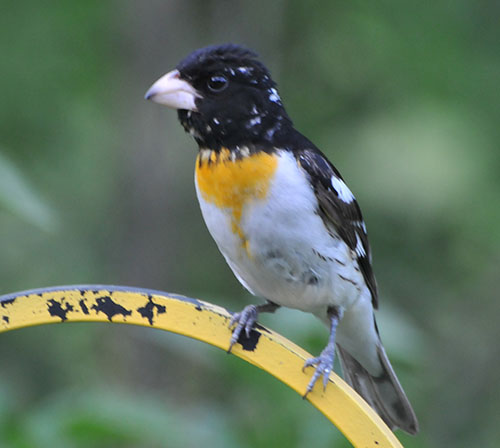
This male had an unusual yellow breast instead of the typical rose color.
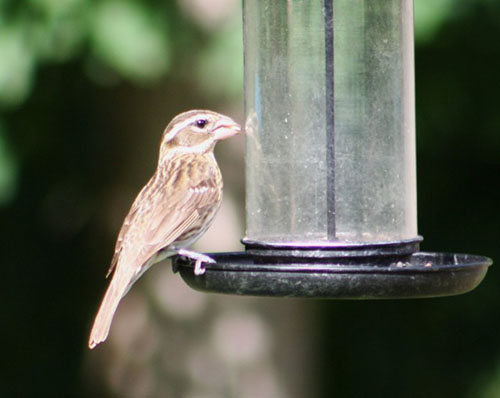
Photograpoh by Vikki LaValle. Female Rose-breasted Grosbeak.
4. Cooper’s Hawk
Both Adults and Juveniles.
There medium-sized raptors often found around bird feeders or in suburban yards and are reported much more often than the similar but smaller Sharp-shinned Hawk. They are by far the most common raptor submitted to NameThatBird.com.
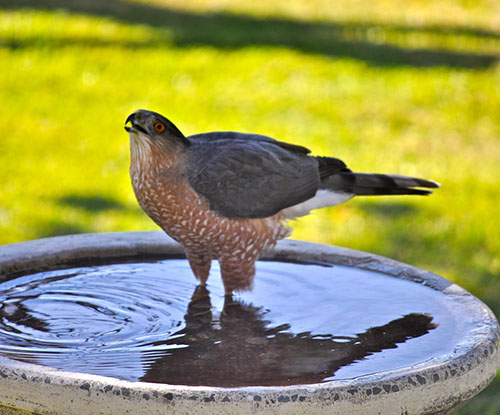
Adult Cooper’s. Photograph by JC.
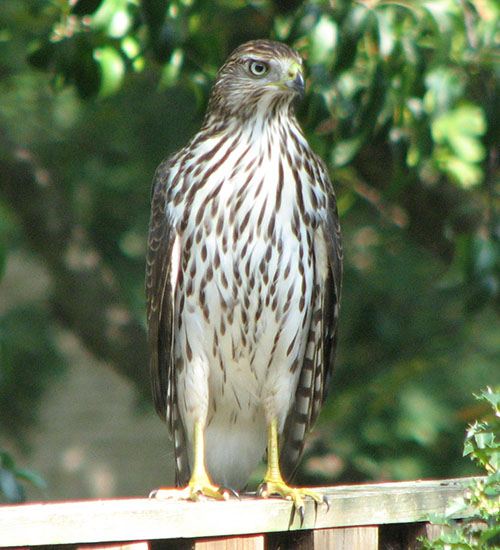
Juvenile Cooper’s. Photograph by Jim Hottel.
5. Red-tailed Hawk
Both adult and immatures.
The Red-tailed Hawk is large, wide-spread and common in many areas. It’s plumage is also highly variable, making identification a challenge.
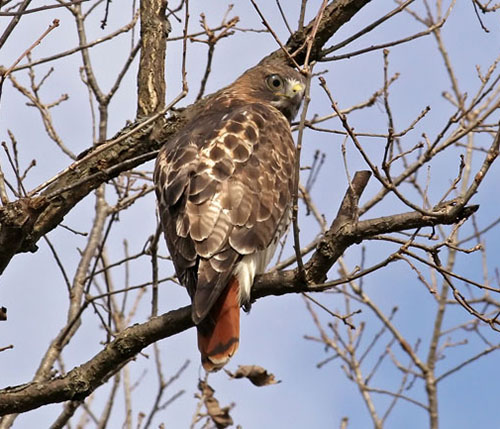
Not all Red-tailed Hawks are this easy to identify.
6. House Finch
Both male and female.
We receive more images of the females but both are commonly submitted for identification.
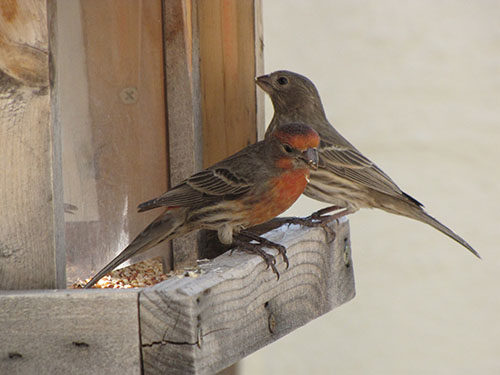
7. Black-crowned Night-Heron
Both adults and juveniles.
This is a large, wide-spread species. Juveniles can be very nondescript in appearance and hard to identify. Here is a comparison page. See if you agree that these are all Black-crowned Night-Herons. Pay particular attention to the bill size and shape.
Photograph by Pat.
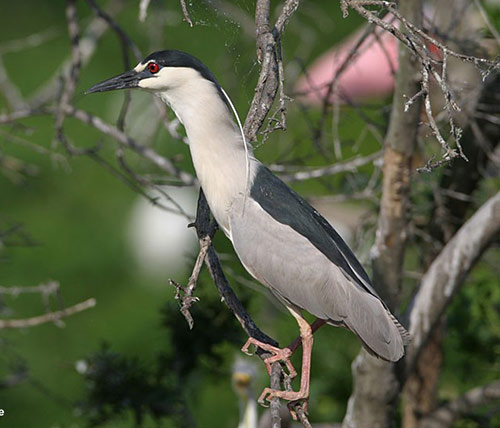
Adult. Photograph by Sam Crowe.
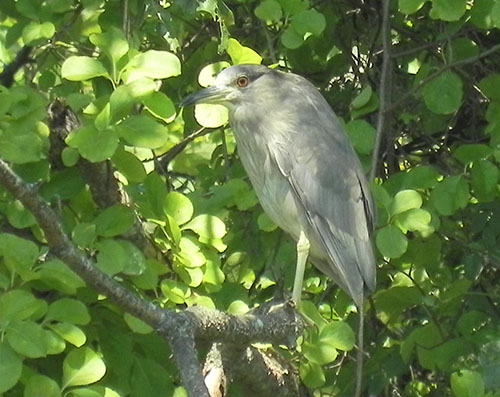
Photograph by Harriet Moore.
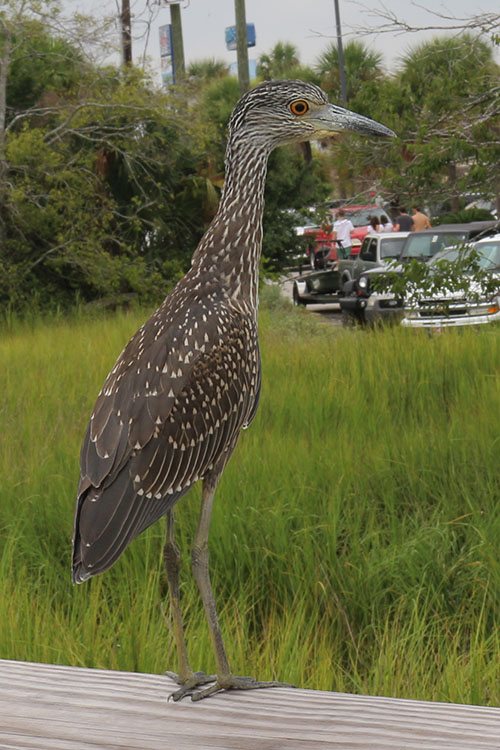
Photograph by Don Rucker.
8. Young American Robins
Each spring we receive numerous images of juvenile American Robins. Their speckled chest causes confusion.
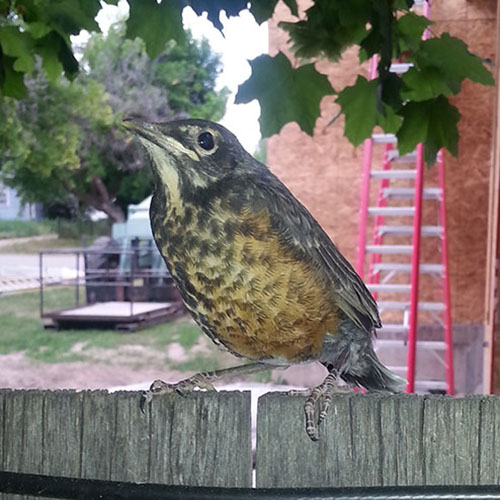
Photograph by Tasha-Bryant.
We often receive images of birds with atypical plumages, like this partially leucistic robin. Photograph by Melodie C.
9. Dark-eyed Junco
Juncos are wide spread and common. They migrate into southern states in the winter, resulting in an increase in requests for identification. There are also several races with different plumages, previously consider separate species, and this often leans to confusion. These are all Dark-eyed Juncos.
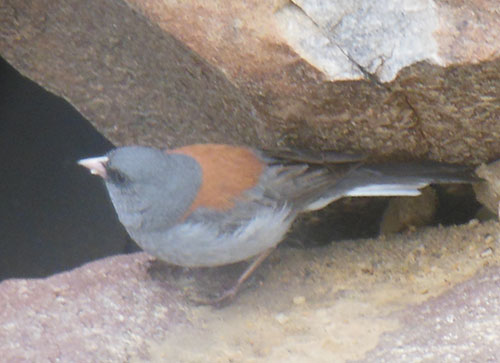
Photograpoh by Steve Brown.
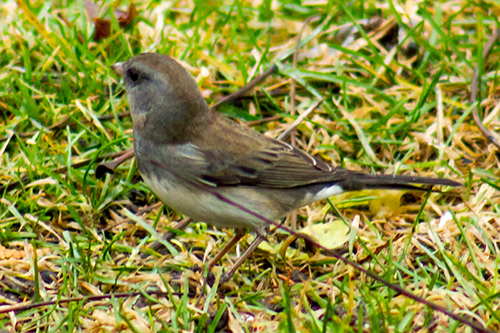
Photograph by Gary Lane.
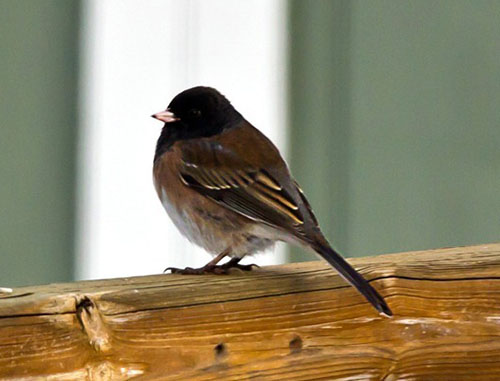
Photograph by Sue Vasey.
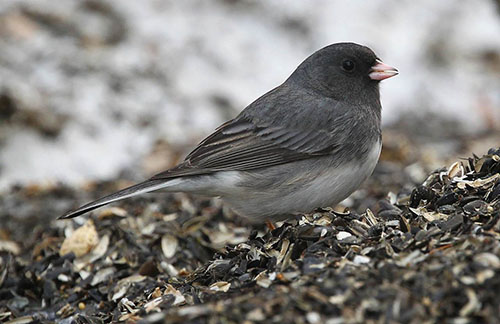
Photograph by Bill Ryan.
10. Eastern Phoebe
Another plain gray bird. Eastern Phoebes will nest under the eves of homes and are often otherwise visible in neighborhoods.
They are not strongly marked. They give a strong “phoebe” call, making them easy to identify by voice.
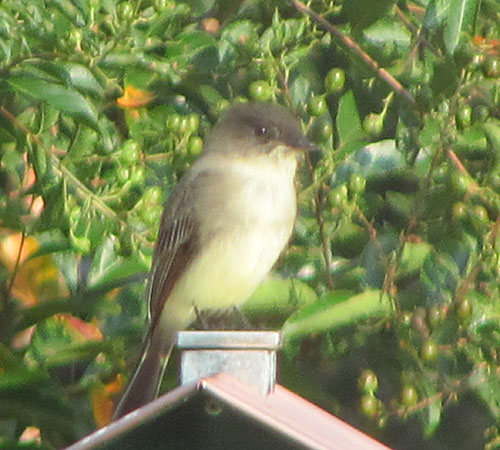
Photograph by Gail Crissinger.

